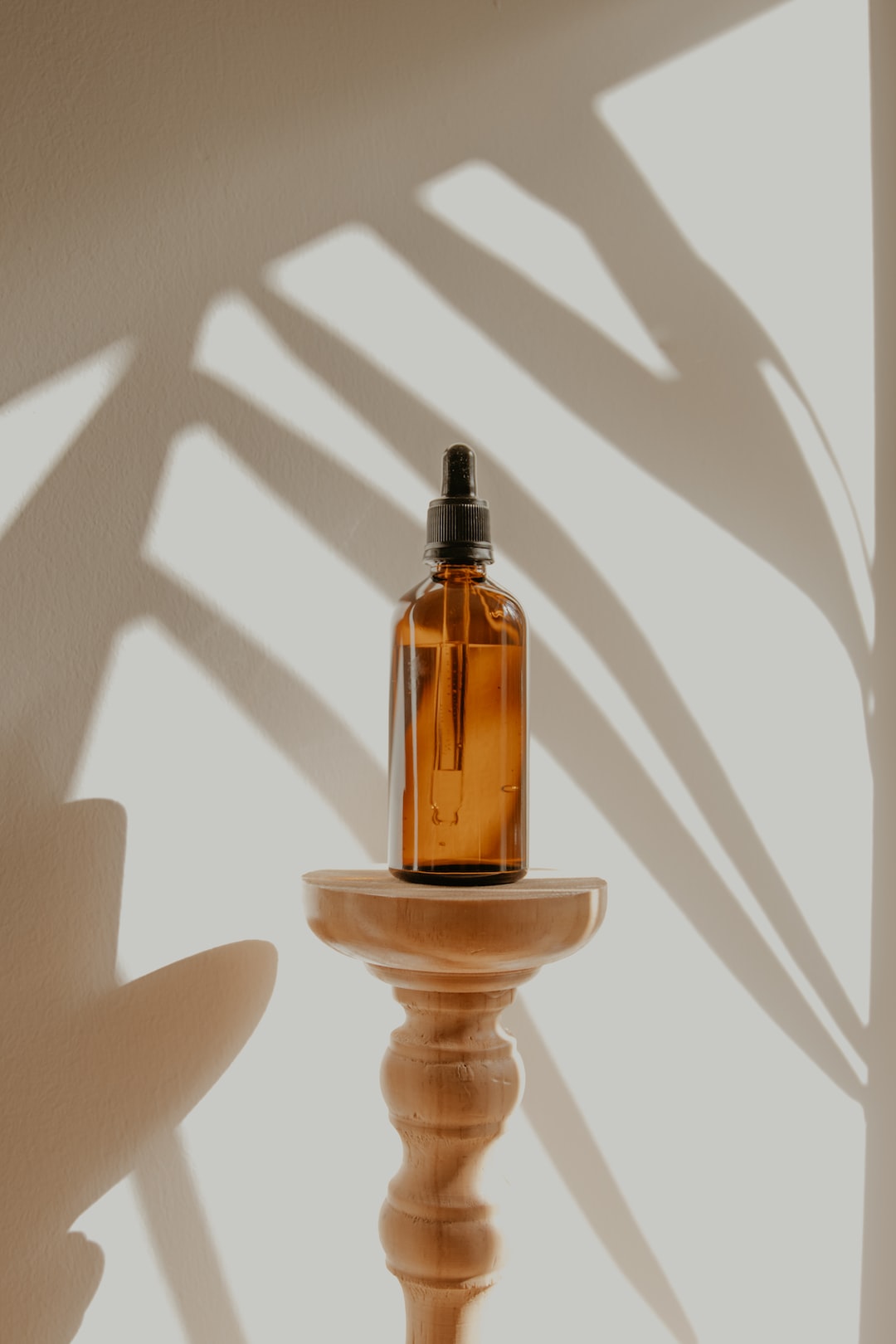How to Transition Your Skincare Routine for Different Seasons
As the seasons change, so do the needs of your skin. With each transition, it’s important to adapt and modify your skincare routine to best support your skin’s health and vitality. Certain weather conditions can be harsh on the skin, causing dryness, breakouts, and other issues. In this blog post, we will guide you through the necessary steps to transition your skincare routine when the seasons change.
1. Assess Your Skin’s Needs:
Before transitioning your skincare routine, it’s vital to assess your skin’s current condition. Take a close look at any changes you have noticed, such as increased dryness or oiliness, breakouts, or sensitivity. Understanding your skin’s needs will help you choose the right products and make targeted adjustments.
2. Hydration is Key:
As we transition from warmer to colder months, the decrease in temperature and humidity can strip the skin’s natural moisture. Incorporate a more hydrating moisturizer into your routine to combat dryness. Look for products with ingredients like hyaluronic acid or ceramides, as they help to retain moisture and strengthen the skin’s barrier.
3. SPF Protection:
Even though the sun may not be as strong during colder months, protection from harmful UV rays is still crucial. Therefore, incorporating a broad-spectrum sunscreen with at least SPF 30 is essential year-round. Opt for a lightweight, non-greasy formula that won’t clog your pores.
4. Adjust Cleansing:
During summer months, hot temperatures and increased sweating call for a deep, refreshing cleanse. However, in colder seasons, it’s important to switch to a gentler cleanser that won’t strip away the skin’s natural oils. Look for cleansers with moisturizing properties and avoid those containing harsh ingredients like sulfates or alcohol.
5. Exfoliation:
Regular exfoliation is necessary year-round, but the frequency may need adjustment. In summer, as sweat and oil production increase, it’s recommended to exfoliate 2-3 times a week to unclog pores and prevent breakouts. In colder months, reduce the frequency to once a week to avoid over-drying or irritating the skin.
6. Introduce Antioxidants:
With the changing seasons, our skin faces new challenges. Antioxidants like vitamin C help to combat free radicals and protect the skin from environmental damage. Add a serum or moisturizer enriched with antioxidants to your skincare routine. Not only will it shield your skin from external aggressors, but it will also brighten your complexion.
7. Focus on Hydrating Masks:
When the temperatures drop, add hydrating masks to your skincare routine to provide an intense hydration boost. Look for masks that contain ingredients like aloe vera, honey, or hyaluronic acid. Apply at least once or twice a week to replenish your skin’s moisture levels and combat dryness.
8. Treatments for Hyperpigmentation:
As the sun exposure decreases during colder months, it’s the perfect time to address any hyperpigmentation or sunspots. Incorporate products with ingredients like retinol or alpha hydroxy acids (AHAs) into your routine. These will help to exfoliate the skin and fade any discoloration, revealing a brighter and more even complexion.
9. Pay Attention to Hands and Lips:
Our hands and lips are often overlooked, but they also need extra care during seasonal transitions. Cold weather can lead to dry, chapped lips, so opt for lip balms with hydrating ingredients like shea butter or jojoba oil. Additionally, protect your hands with a rich hand cream to prevent cracked skin.
10. Don’t Forget to Stay Hydrated:
Lastly, maintaining hydrated skin starts from within. Make sure to drink plenty of water throughout the day to keep your skin well-hydrated and healthy. Proper hydration is essential for any skincare routine to be effective.
In conclusion, adapting your skincare routine as the seasons change is crucial to address the unique needs of your skin. By assessing your skin’s condition, focusing on hydration, adjusting cleansing and exfoliation, incorporating antioxidants, using hydrating masks, treating hyperpigmentation, caring for your hands and lips, and staying hydrated internally, you are on your way to maintaining healthy and radiant skin all year round. Always remember that consistency and patience are key when transitioning your skincare routine, as positive results often take time.

